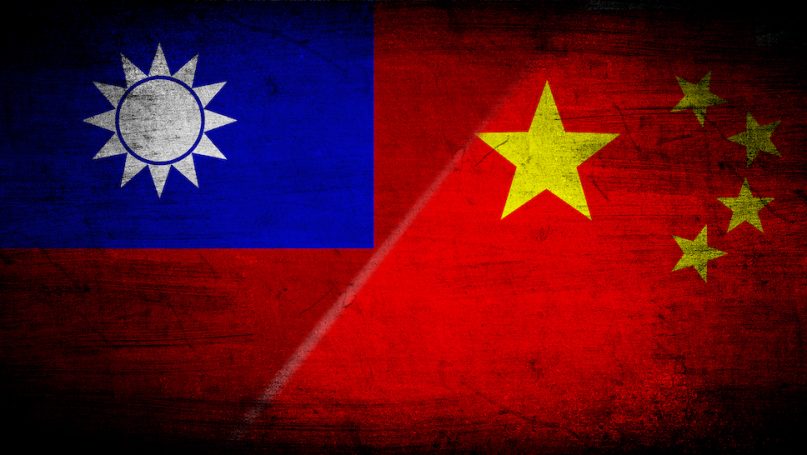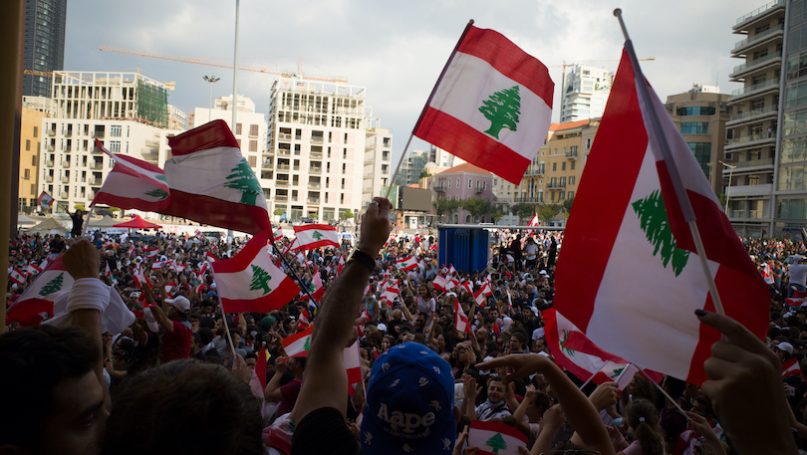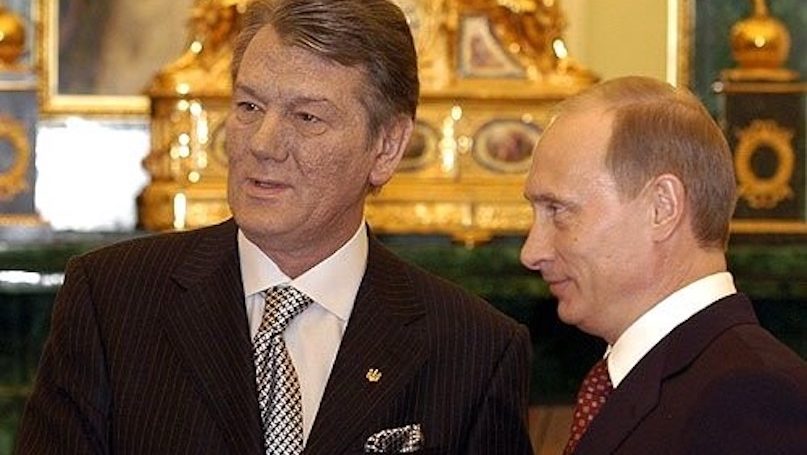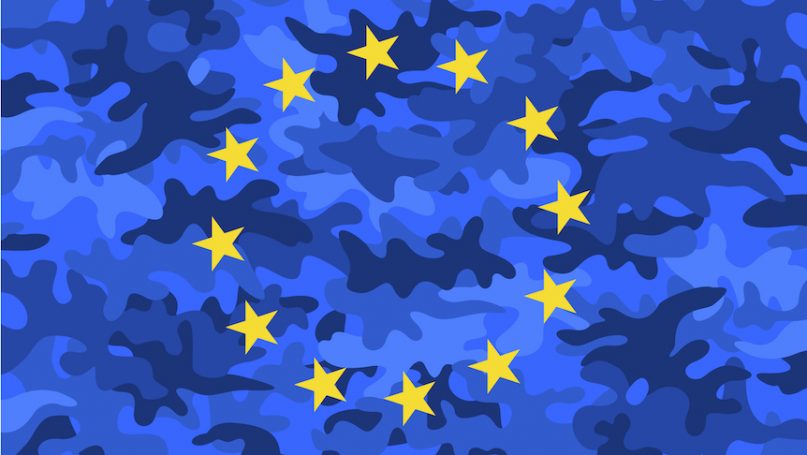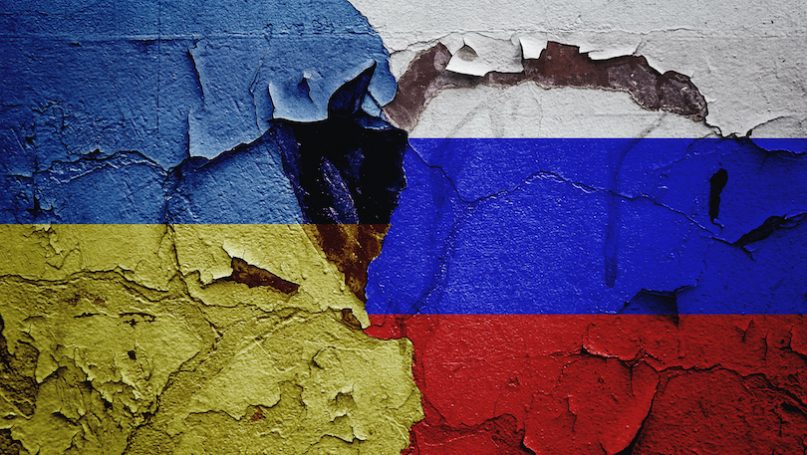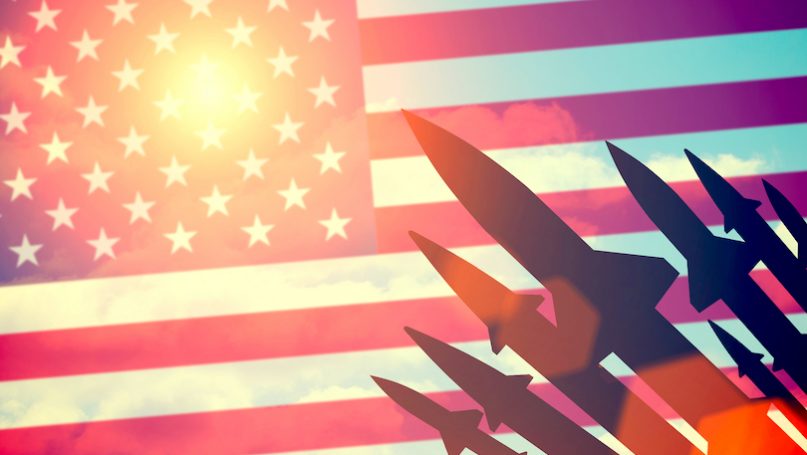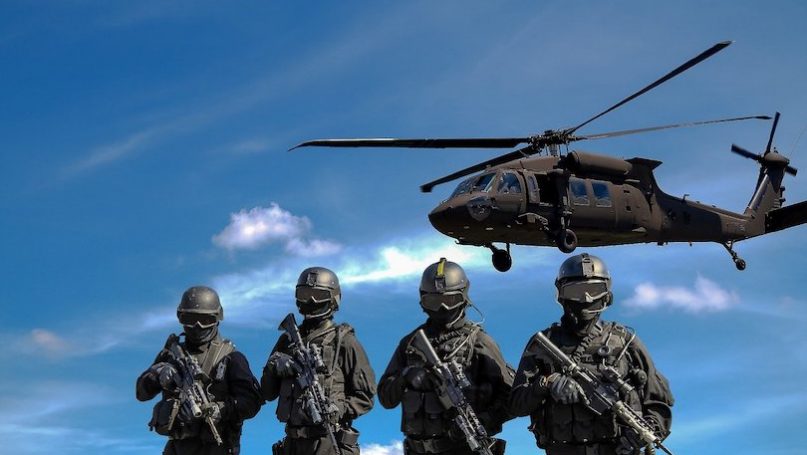What do the EU, India and Russia have in common? Very little, at first glance. But they do share one highly important thing. Brussels, New Delhi and Moscow would all like to tread a middle path between the US and China. And all are starting to realise that doing so may not be possible. As tensions between the two superpowers grow and their relationship becomes more zero-sum, the EU, India and Russia are confronted with the possibility of eventually having to pick a side.
Traditionally a US ally, the EU has also been a fairly pliant partner to China. The union’s 27 members have varying instincts and interests, so Beijing has mostly dealt with them bilaterally. It has nurtured close export relations with Germany, acquired major assets in weaker states such as Greece and Portugal, and boosted populist leaders such as Hungary’s Viktor Orbán. China’s growing influence and a weakening transatlantic relationship have prompted talk in recent years of a middle way: of European “strategic autonomy” and even “equidistance” between the two giants.
